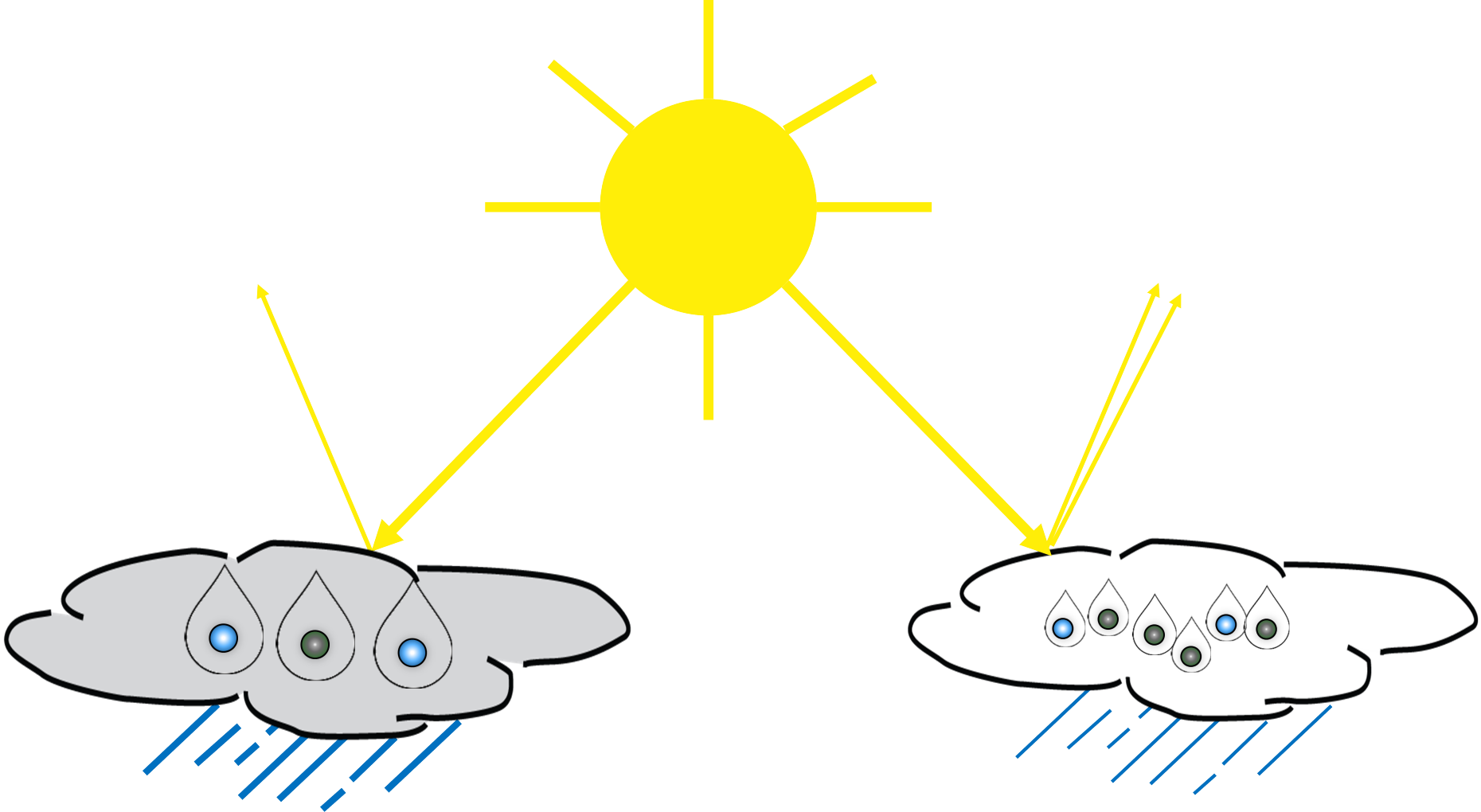Probably the cleanest air in the world
- D-USYS
- News
- Institute for Atmospheric and Climate Science
- Environmental sciences
The pristine atmosphere of the Southern Ocean is almost the only place on Earth where conditions closely resemble the preindustrial atmosphere. Back in Switzerland, researchers from D-USYS and the Paul Scherrer Institute (PSI) have started analysing the data collected during the Antarctic Circumpolar Expedition (ACE).

Clouds have an enormous impact on the weather and climate we experience – just think of the difference between a bright sunny day and a cloudy one. Aerosols, tiny solid or liquid particles in the atmosphere, play an important role in the formation of clouds, because they act as cloud nuclei. In other words, if there were no aerosols in the air, there would be no such clouds as we know them.
Tiny particles, big impact
Aerosols vary in size enormously, although they are all much smaller than the diameter of a human hair. They directly affect the amount of solar radiation that reaches the earth's surface by either reflecting it or absorbing it. They also affect the brightness and lifetime of clouds, as well as the amount of precipitation that eventually falls. These effects occur because cloud droplets, and most ice crystals, form on aerosols, and the more aerosols are present the more – and often smaller – the cloud droplets that form.

Cloud droplets form on aerosol particles: In a clean atmosphere (see left hand side – grey cloud - of the figure above) there are few aerosol particles and thus fewer and bigger droplets in clouds. This means that more rain can form, the cloud lifetime is shorter, and less radiation is reflected. On the other hand, in a «dirty» atmosphere, with lots of aerosol (right – white cloud), there are more cloud droplets, the cloud lifetime is longer, less rain may fall, and more radiation is reflected.
A pristine environment
Understanding what the climate was like in preindustrial times is vital to determining how much humans have affected the Earth system. For this reason, among others, Fiona Tummon, researcher at the Institute for Atmospheric and Climate Science, has sailed clockwise around the Antarctic continent participating in the ACE-SPACE (Study of Preindustrial-like Aerosol Climate Effects) project. She was part of the Antarctic Circumpolar Expedition (ACE) which took place from December 2016 to March 2017.
The researchers, led by Julia Schmale of the Paul Scherrer Institute, have now started looking into the vast amount of data collected during the ACE expedition. Some first results show that they encountered some exceptional conditions – the atmosphere contained less aerosols than a certified clean room, where people work on high tech products, such as satellite instruments and require extremely clean conditions. This means they very likely experienced conditions similar to what we would expect in the preindustrial atmosphere.
A little experiment will illustrate this: Hot water does not produce any vapour even though the outside temperature is below 0°C. Only when producing particles with a lighter, the vapour can condense.
A suite of instruments housed in a laboratory container on board the research ship «Akademik Treshnikov» continuously measured various aerosol and trace gas properties, providing an unprecedented set of observations of the pristine Southern Ocean atmosphere.
An insight into the preindustrial atmosphere
The interactions between aerosols and clouds remain one of the least understood aspects of the climate system and this limits our ability to quantify the anthropogenic impact on climate change. One of the main reasons for this is our inadequate understanding of what atmospheric aerosols were like in preindustrial times, which defines the reference for estimating anthropogenic climate impacts through cloud changes. Another difficulty is the relatively poor representation of aerosol-cloud interactions in global models, which are used to simulate both the past climate and make projections for the future.
The collected data will help to understand how aerosol particles in pristine conditions form and grow, what their sources are, what they are composed of, and whether these particles can form cloud droplets or ice crystals. The observations will also help us to improve satellite data retrievals and the representation of aerosol processes in global climate models. To achieve this goal, the upcoming research will be conducted in close collaboration with researchers from many of the 22 other projects on board.
About the author
Dr. Fiona Tummon is lecturer and researcher within the atmospheric chemistry group at the Institute for Atmospheric and Climate Science (IAC).
Links
- external page Project blog at PSI
- external page Expedition webpage beim Swiss Polar Institute
- external page IPCC, 2013: The Physical Science Basis